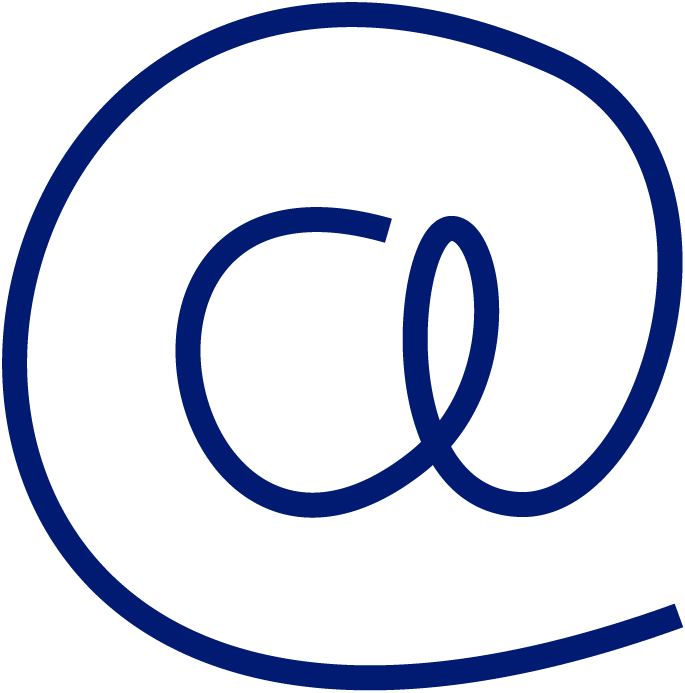
Agile Learning: 3 resources to make your learning programs more learner centric, iterative and adaptive
Agility is one of those words that everyone feels compelled to use at least once in every meeting. It has not yet reached the highest podium of the adolescent “cool”, but it’s getting there.
Define Agile/Agility: latin agil, agilis, based on agere: “to do” “to act” “to move”
The more frequent uses and synonyms are associated with: quick, nimble, intelligent, lithe, ease of movement, deft, active.
The terms apply as much to physical as to mental attributes, and they are always positive, redeeming characteristics especially because of their capacity to infer intelligence and grace.
In short, Agility is good, because it is lithe, flexible, quick, smart and “cool” (sorry couldn’t resist).
More recent “Agile” fame has come from software design, people management and project management.
This is where we get the characteristic of “iterative” in the meaning of Agile. It means we take small cyclical steps and each time we check if this is where we want to be going and if it really matches user requirements and specifications and budget. Then we re-do the cycle and we get better each time until we have the final product, or we just continue making it better for ever: evolution.
In designing Learning programs, “Agility” has become a key word also.
Learning has always been Agile. Learning was the original Agile method in the first place, because if we did not constantly check if we are learning, adapt what we are doing to learn, then we are not learning. So learning is to a great extent being agile, it is perhaps the original mental and behavioural iterative process of mankind, right after thinking. Historically, if you are not learning when you really need to, you either change or you die. Agility or death could pretty much wrap up the history of survival and Darwin would tend to agree.
Today, we engineer learning resources that make it easier to learn because we need to survive in a more competitive ever changing, faster paced world. Business is faster – Learning is faster. Learn or Sink. This is progress over learn or die. These new learning resources need to be quickly adaptable, scalable, connected because what we need to do changes much more rapidly than before. This can make the difference between learning and not learning, profit or loss.

Here are 3 types of learning resources we have found to be very Agile:
1. 70:20:10, “from the model to the movement”
70:20:10 is a model we have probably heard about, it is all about agility also because the 70 is on the job, here and now, and is the catalyst of push/pull to and from the 20 and the 10. The 702010 framework is very focused on what really happens at the place of work, where most of the learning happens. It is about the organizational analysis of what works and what does not, then implementing a learning resource, or an other type of resource, to change, to improve the performance of the task.
That’s Agility.
2. The eBook in HTML5/XML format
This is better than a PDF file because it is HTML5 and integrates responsive and scalable design. This means the same eBook can be used on any device from your Television to your Smart Phone and laptop and be in a different size, perfectly legible, in scale, every time.
Moreover, online XML formats can be interfaced with a database that pumps out content in real time depending on context. If you have product sheets and on-site “how-to” manuals, this means you can update the eBook right there when it’s needed.
The eBook is more appropriate in many cases, compared to eLearning or video, because it is a standard online format that can be connected and updated all the time. eLearning and Video typically are not updated and not in real time.
Cheat-sheets, USPs, templates and checklists, best practices, updates on the newest: the eBook is in the palm of your hand, always on, always current.
It can even integrate quizzes, questions and video, so you can show how to put that machine together or how to role play, then quiz the participant on the spot.
eBooks are especially agile, compared to eLearning, because they can be created and edited by simple everyday tools like Word.
Agile: Multi-media, multi-device, connected.
3. 7020© the App
7020© App is an app on your smartphone or laptop/PC that allows participants to capture and share, in real time, the progress that they are making based on learning objectives called “challenges”. Following the 702010 model the 7020© App is what allows the necessary back and forth between the workplace requirements and the learning process: formal and informal, social and experiential.
Since the participants animate and feed the learning challenges between themselves, with Coaching guidance, the whole process is iterative based on the outcomes and sharing of the group. If it’s not right, you adjust, re-submit and continue.
Self-directed, iterative, with social feedback loops for performance improvement: Agile.
These 3 resources have proven results for building environments that are more learner centric, adaptable, scalable, connected and ultimately much more cost effective with significantly better results on the investment, learning impact and ultimately on the bottom line.
This post was written by Kenneth Chase when he was International Key Account Manager & Digital Learning Consultant at Cegos Swiss








